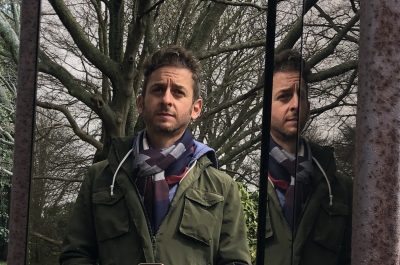Fire and Frame: How “House of the Dragon” Cinematographer Vanja Cernjul Created TV’s Most Ambitious Dragon Sequences
While HBO continues to patiently plot out the contours of its expanding world of Westeros—A Knight of the Seven Kingdoms is slated for a 2026—House of the Dragon remains the only series to make it to air since Game of Thrones concluded in 2019. And in its two seasons, Ryan Condal’s Targaryen-focused series has achieved something remarkable: it has managed to carve out a distinct narrative path and emerge from the shadows of its predecessor with an identity and an aesthetic all its own.
This is not to say House of the Dragon skimps on the bloody battles, dragon fire, or deadly palace intrigue that millions of people tuned into Game of Thrones to watch. With the series focused on the scheming, dreaming, fatally ambitious Targaryen brood, you could argue there’s been more of a focus on familial feudalism than even the Lannisters provided. Yet the aperture on House of the Dragon feels tighter. While we’re still whisked across the Seven Kingdoms as the warring factions within House Targaryen scrabble and scrum for the Iron Throne, the series feels statelier, if no less deadly.
On one side you have The Blacks, led by Queen Rhaenyra Targaryen (Emma D’Arcy), who claims the Iron Throne as the rightful heir named by her father, King Viserys I (Paddy Considine), and aided by the seething Prince Daemon (Matt Smith), who only just recently truly bent the knee to his queen at the end of season 2. On the other side are the Greens, nominally led by Aegon II Targaryen (Tom Glynn-Carney), aided by his mother, Queen Alicent Hightower (Olivia Cooke), Ser Cristian Cole (Fabien Frankel), and Prince Aemond (Ewan Mitchell), the true leader of the Greens by the end of season 2 after he barbecued his brother via dragon.
As Emmy voting opens and fans eagerly await House of the Dragon‘s third season in 2026, we had a chance to talk to cinematographer Vanja Cernjul, who helped deliver some of the most technically ambitious sequences in the show’s history. Cernjul reveals the innovative techniques and creative problem-solving behind the camera, from BOSU balls to simulate dragon-riding authenticity to coordinating 16 stunt performers on fire simultaneously, exemplifying the artistry and technical precision that has made House of the Dragon a worthy successor to Game of Thrones.
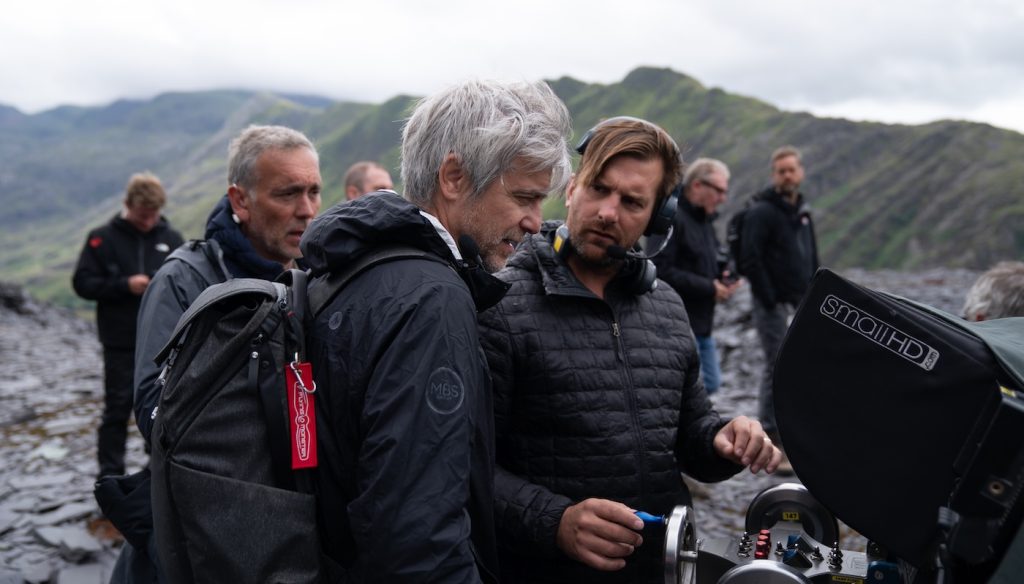
I’d love to hear what it’s like to film these epic set pieces from a technical standpoint. How many cameras do you have to capture hundreds of extras and horses? How long does a given sequence take with so many moving parts?
One of the largest sequences was the “smallfolk” riot in episode 206, which became our major focus during pre-production. The scene depicts Queen Alicent caught off guard by unrest in King’s Landing. With 150 extras, 30 horses, and only two days to shoot in the medieval Spanish town of Cáceres, the scale and stunt work required careful planning. We storyboarded the whole scene first, then worked on the best shooting order. We wanted a seamless flow, so we shot consecutively and in story order when possible. However, we also had to optimize time with all the extras and consider lighting conditions throughout the day. We had four camera crews and a drone crew, maximizing shots from every setup, as orchestrating so many people and soldiers on horses for every take required considerable time.
For episodes 6 and 7, you shot footage in a medieval town in Spain—can you describe filming on location? What were the benefits and challenges?
The town’s medieval architecture posed challenges in maneuvering all the needed equipment. Alicent and Helaena had to flee down steep stone stairs, cross a crowded square, and leap into a carriage—all while being chased by a furious mob. Initial attempts to lead the actors downstairs using a handheld Libra rig proved unworkable—the two grips couldn’t move down fast enough safely. Luckily, we managed to bring a large telescopic crane into the square, which allowed us to track the actors’ descent close enough to maintain subjectivity. To maintain Alicent’s point of view and continuity, a remotely operated camera was hidden inside the carriage, ready to pick up action as soon as the actors entered. Exterior shots showed them sprinting to safety; once inside, the interior camera captured the continuation in the moving carriage.
Episode 6 includes a very emotional scene between Rhaenyra and Mysaria. Can you talk about how you framed their connection?
That scene was a great example of how some of the most powerful moments emerge organically. Many scenes on this show must be meticulously pre-planned months in advance, but this one unfolded completely differently. Director Andrij Parekh really gave the actors time and space to explore. He’s great at creating an environment where something unexpected can happen. The kiss between Rhaenyra and Mysaria was not scripted. When we started, the initial blocking looked nothing like what the scene ultimately became. We began with a wide shot, but as the actors worked through emotional beats, the scene evolved over several hours. We kept rolling the entire time, capturing that evolution as it happened.
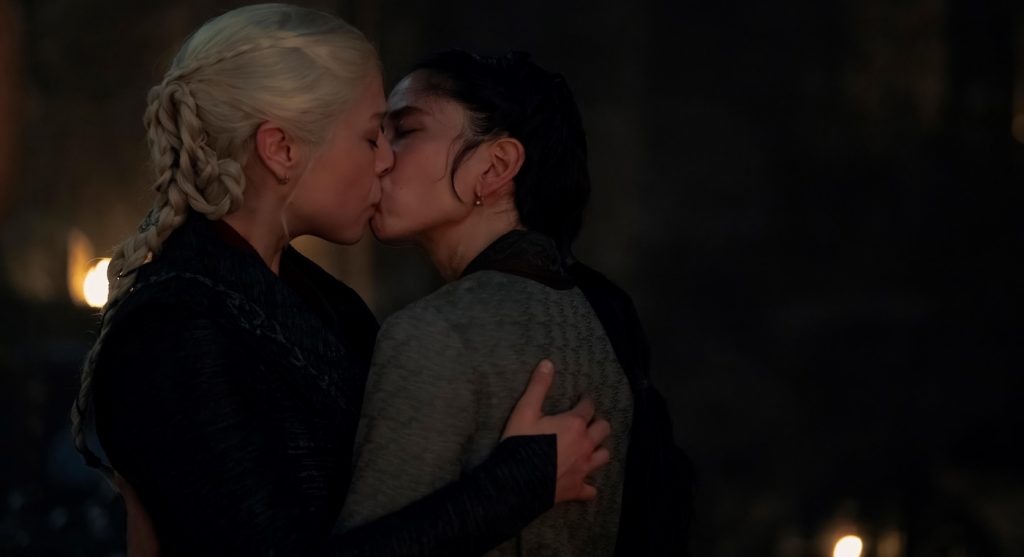
Speaking of connections, Aemond [Ewan Mitchell] attempted to showcase his strength at small council meetings, including booting his mother from the council. What’s your method for filming these scenes?
Episode 6 director Andrij Parekh brought his experience shooting powerful rooms from Succession and had great instincts for developing camera behavior that gives you a seat at the table. It’s a fly-on-the-wall approach where the camera subtly becomes a character, reacting to tension in the room. In the Greens’ Small Council meeting, we used that idea to track Aemond as he prowled around the table. We wanted the camera to feel observational, but Aemond still had to be the gravitational center, so we granted him the power to move the camera. Two cameras followed him constantly, circling the table on a “dance floor,” but then they’d react to whoever Aemond was addressing. That reactive, fluid movement created a different energy—more spontaneous, almost documentary-like—which stood in interesting contrast to House of the Dragon’s more deliberate, designed style.
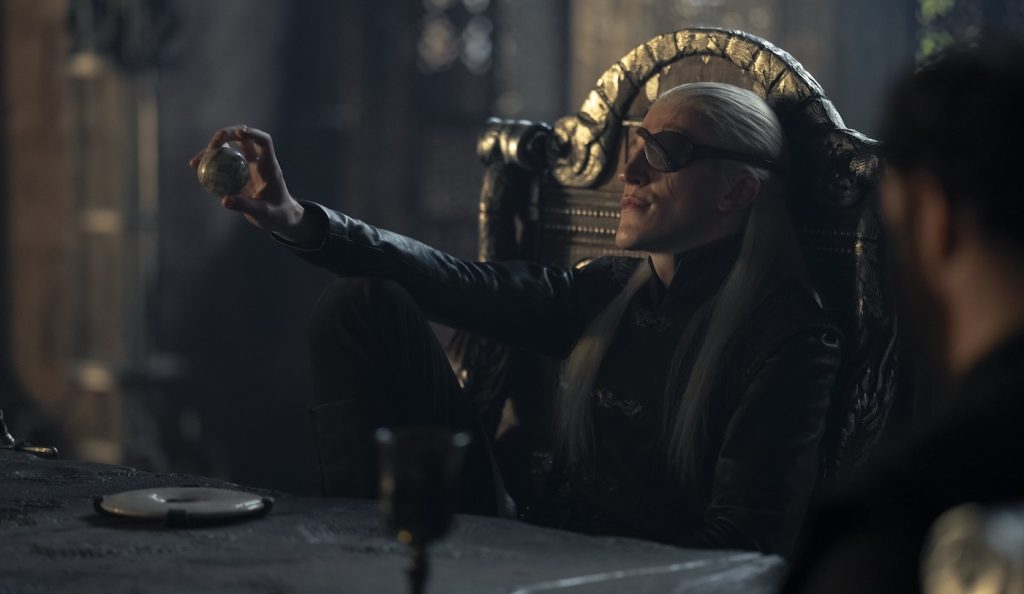
Can you talk about deploying technologies like the BOSU ball and the Volume to give us new vantages of dragon riding?
Perfecting dragon-riding scenes really pushed us to experiment. Our goal was to make those scenes feel more subjective, as if the camera operator was sitting on the dragon next to the rider. Dragon riding is typically shot with the actor on a mechanical rig called a “buck,” which simulates the dragon’s movements. The buck is custom-built and pre-programmed to move in sync with the dragon’s flight path based on VFX previsualization. We shot these sequences inside a Volume, surrounded by large LED screens creating a near-360-degree animated sky. These weren’t used as background plates but as dynamic lighting sources.
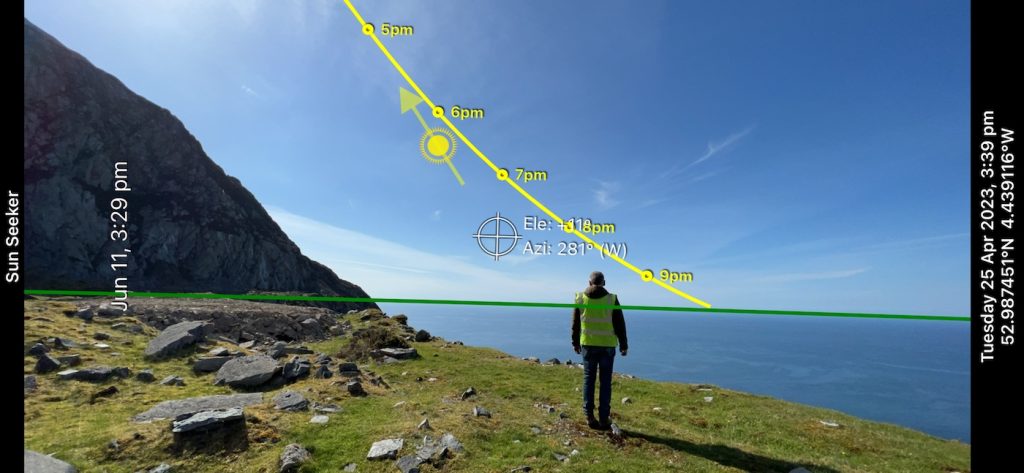
One big challenge was making camera movement feel handheld and reactive, even though we couldn’t physically put a camera operator on the buck. We needed the camera to respond as if held on a shoulder, bouncing with every lurch. We used the Libra console, mounted onto handheld-style moose bars, and carried it on the operator’s shoulder to enable the remote head to react to ‘handheld’ operation from the ground.
But I quickly realized the operator on the ground was too stable. It didn’t feel real. That’s when I had an idea: I asked for a BOSU ball—a half-sphere balance trainer—from a nearby gym and asked the operator to stand on it while operating the console. That added just enough instability to make the handheld movement feel authentic, as if the operator were actually being jostled around mid-air on a dragon’s back.
The sequence at Dragonmont was thrilling—a first for the Game of Thrones universe, showing regular folks trying to connect with dragons. How’d you film that to make the action legible and terror so palpable?
Director Loni Peristere wanted the sequence to unfold as an “oner”—a long, continuous take that kept us tightly aligned with Hugh, creating a subjective, first-person experience of the Dragonmont hellscape. Everything was designed around that central shot. We wanted it to feel immediate and subjective, with a handheld camera aesthetic pulling the audience into chaos. But during rehearsals, we realized that keeping up with Kieran on foot across uneven terrain made the footage too shaky. Our key grip rigged a cable-cam system across the stage length. We employed a hybrid approach—part handheld, part cable cam—yielding the ideal balance: movement felt visceral, yet the image remained coherent.
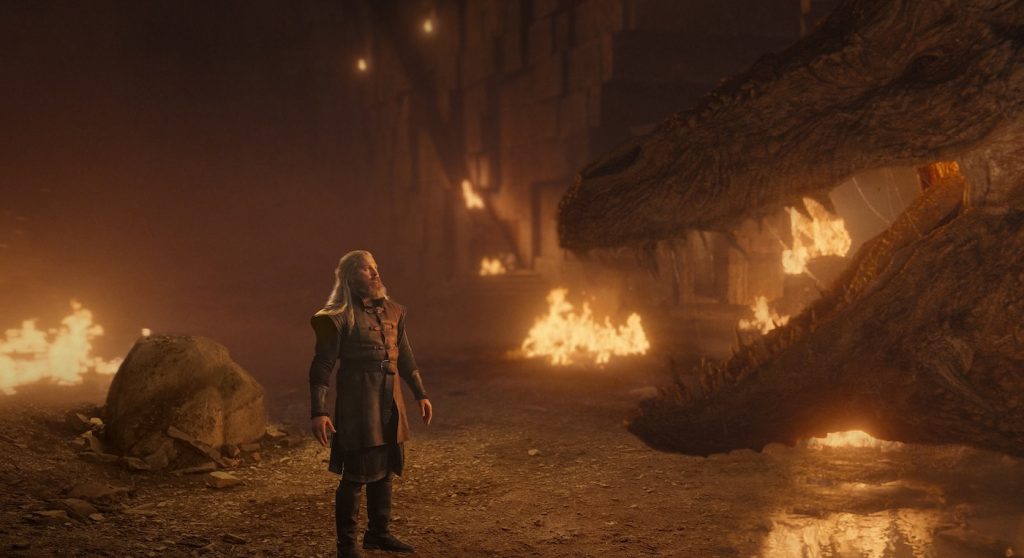
The new ARRI Alexa 35 sensor really helped—incredible dynamic range, especially in highlights, so we could retain detail in flames without overexposing. The physical set was just a fraction of what the space was meant to be. Only the stone plinth was real—the rest was blue screen. To help navigate this vast digital space, the VFX team provided iPads with the Cyclops app as a viewfinder, showing us how the virtual world was interacting with reality in real-time.
And then there were the stunts—some of the most intense I’ve ever seen. At one point, we had 16 stunt performers lit on fire for a single shot. Even though these were some of the best stunt professionals in the world, seeing it happen right in front of you was terrifying.
I loved the moment between Ulf and Silverwing—we’ve rarely seen a dragon in that vulnerable position. Can you discuss framing that sequence?
That moment was a tonal shift from Dragonmont’s chaos, and we approached it differently in lighting and camera language. The sequence was shot on the same stage, redressed overnight to create a separate, quieter corner of the dragon cavern. We relit it using three Tungsten 20K Fresnel units positioned to simulate beams of direct sunlight breaking through cracks in the rock ceiling. The only other light source was the flickering torch Ulf carried.
Finally, I’d love to hear about filming the scene between Lord Oscar, Daemon, and the lords of the Riverlands, where Oscar proves tougher than he appears.
The scene was pivotal for Daemon, filled with intense dialogue and shifting power dynamics. We designed camera movement to reflect the flow of power within the scene. As influence over the Riverlands lords shifted between Daemon and Lord Oscar, their power to move the camera would subtly shift as well, echoing the underlying tension and power play. We kept Steadicam use to a minimum in this episode, but for this particular sequence, it was the right tool to move the camera with the actors.
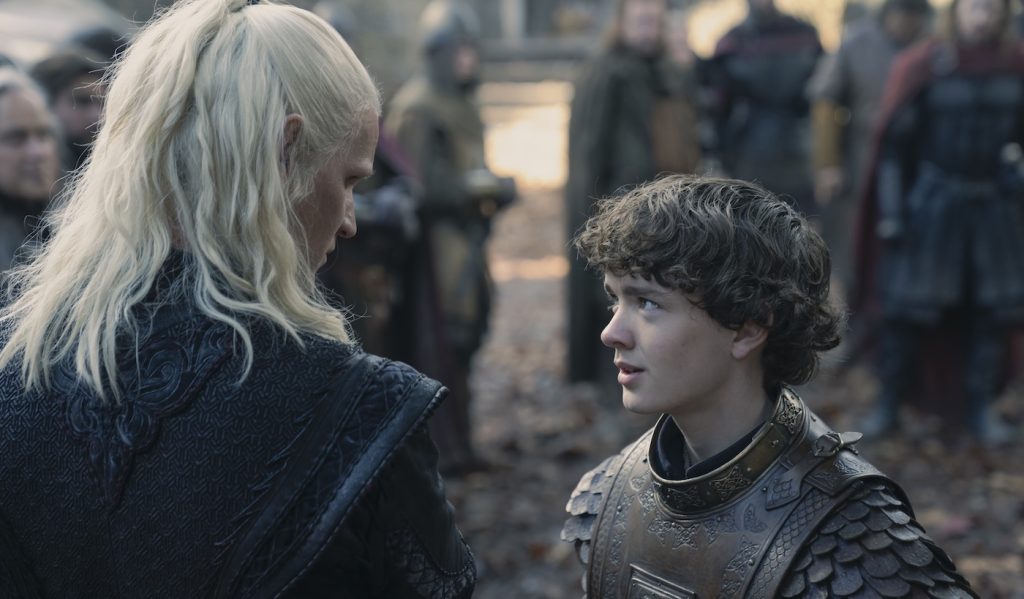
Featured image: Emma D’Arcy. Photograph by Theo Whiteman/HBO


